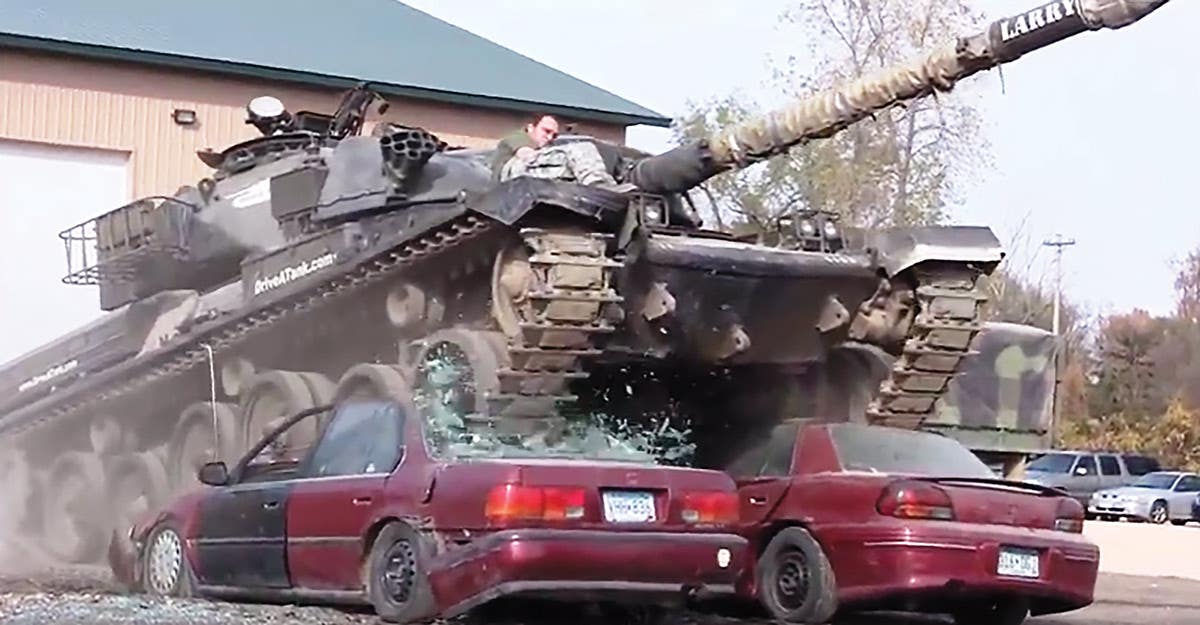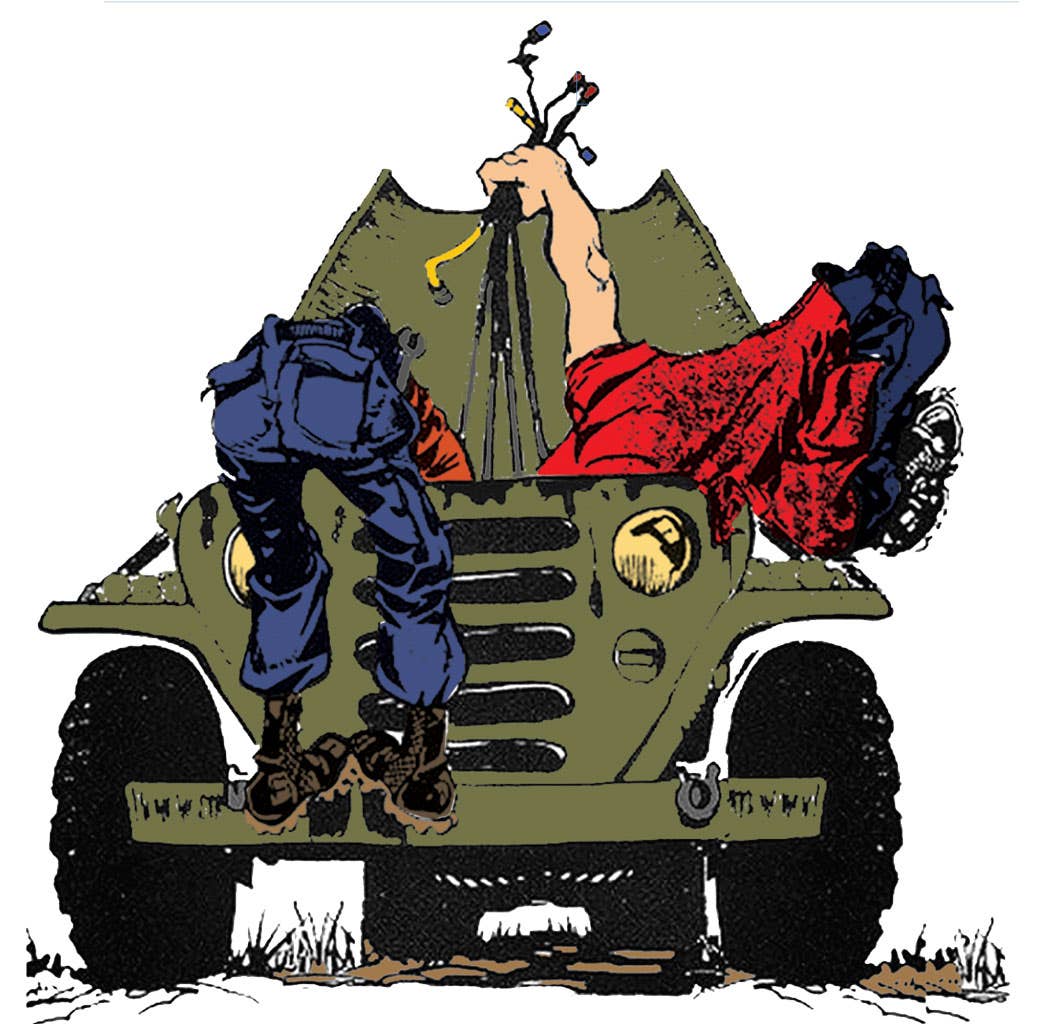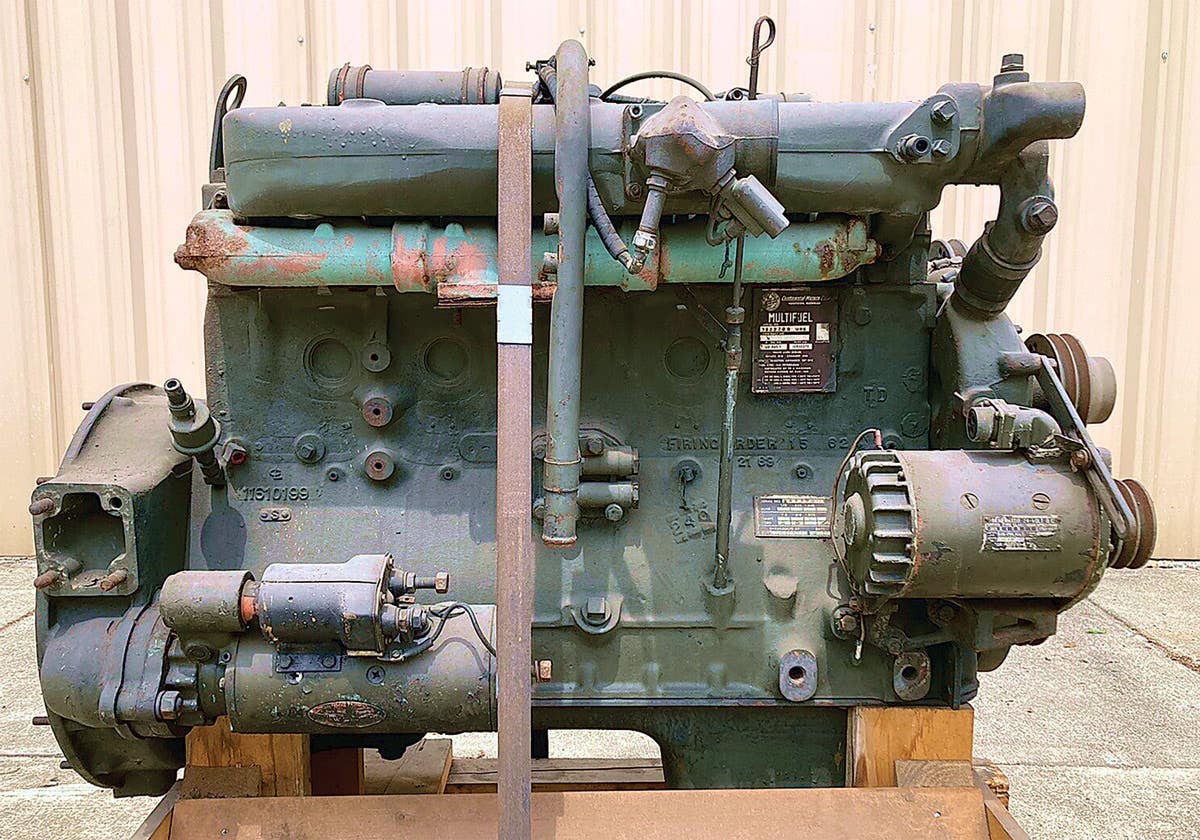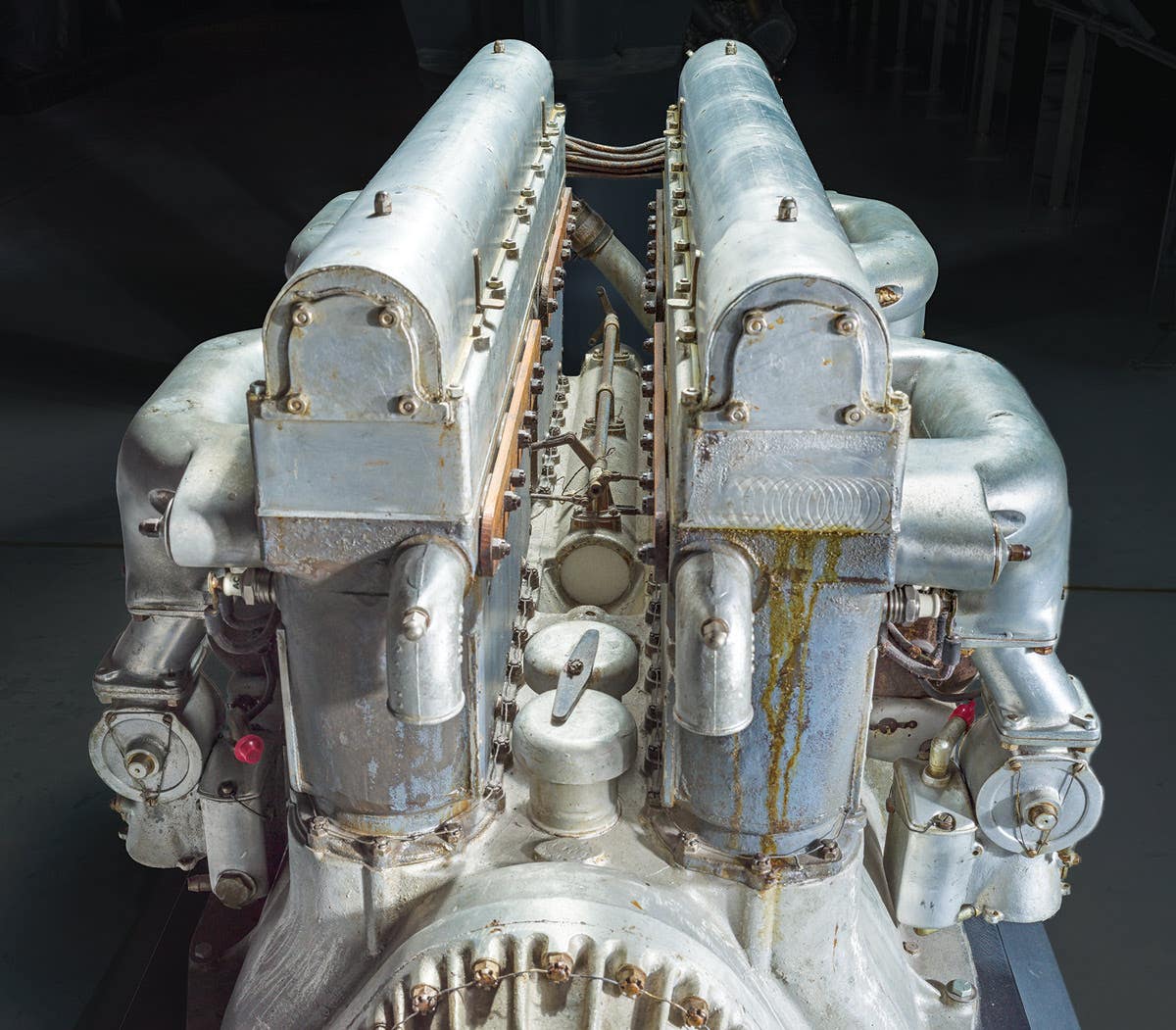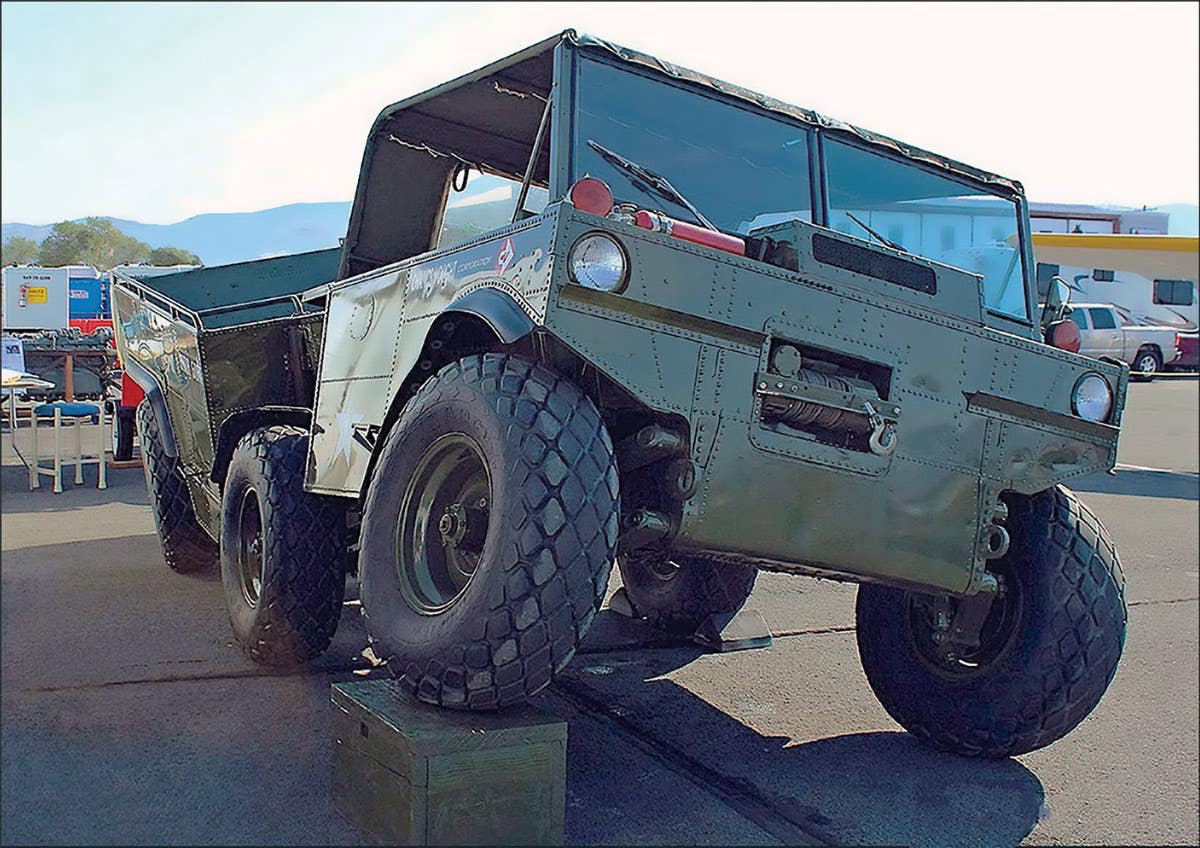Italian Armour in German Service, 1943-1945, by Daniele Guglielmi, translated by Emy Canale, drawings by John L. Rue, color profiles by Giovanni Mapelli and Jean Restayn
Following the fall of Mussolini’s Fascist regime in 1943, the Germans appropriated a large inventory of Italian military vehicles, including one thousand armored vehicles. The Germans evaluated the vehicles, refurbished or modified them to their needs, and placed them into service with new Wehrmacht designations.
Italian Armour in German Service, 1943-1945, by Daniele Guglielmi, translated by Emy Canale, drawings by John L. Rue, color profiles by Giovanni Mapelli and Jean Restayn (ISBN 88-89397-17-9, Roadrunner by Mattioli 1885, spa-via Corduro 1/b, Fidenza (Parma), Italy 43036, phone: +39.0524.84547, fax: +39.0524.84571, e-mail: edit@mattioli1885.com, Web site: www.mattioli1885.com. Hardcover, 8-1/2" x 12", 314 pages, 320 black-and white photos, 65 black-and-white drawings and diagrams, 49 color photos and profiles, 2005, 58,00 Euro).
Following the fall of Mussolini’s Fascist regime in 1943, the Germans appropriated a large inventory of Italian military vehicles, including one thousand armored vehicles. The Germans evaluated the vehicles, refurbished or modified them to their needs, and placed them into service with new Wehrmacht designations. Factories in German-occupied Italy continued manufacturing, repairing, and modifying these armored vehicles until the end of WWII. They were parceled out to German divisions and various Axis police, militia, and paramilitary units.
This book (with a very competent full translation of the Italian text and captions) is a lavishly produced study of Italian armor as employed by the Germans after the September 1943 armistice between Italy and the Allies. Several introductory chapters explain how the Germans acquired, modified, and deployed the vehicles. There is a long section on individual vehicles, providing descriptions, specifications, and illustrations; and other sections on camouflage, markings, and units that employed Italian armor. Helpful extras include inventories of Italian vehicles seized by the Germans or produced under their control, and reproductions of documents. The book is handsomely illustrated on satin paper with many rare photos, original color profiles, and line drawings. Serious students of Axis armor would do well to seek out a copy of this book.—Thomas R. Kailbourn



